The Ultimate Guide to Cuba Travel for U.S. Citizens
Contents
- 1 Ever booked a flight to a destination that’s technically illegal, knowing there’s a 99% chance nobody will care? That’s the weird limbo of Cuba travel for U.S. citizens in 2025.
- 2 Current Legal Status for U.S. Citizens Traveling to Cuba
- 3 Planning Your Cuban Adventure
- 4 Navigating the Visa and Documentation Process
- 5 Money Matters in Cuba
- 6 Transportation Options Throughout the Island
- 7 Accommodation Choices Beyond Resort Stays
- 8 Essential Cultural Experiences
- 9 Connectivity and Communication Strategies
- 10 Health and Safety Considerations
- 11 Returning to the U.S. Successfully
Ever booked a flight to a destination that’s technically illegal, knowing there’s a 99% chance nobody will care? That’s the weird limbo of Cuba travel for U.S. citizens in 2025.
The rules are confusing. The politics are messy. And most Americans still think visiting Havana requires a CIA disguise kit and smuggling yourself through Canada.
I’ve navigated Cuba travel restrictions for six years now, and I’m going to save you hours of confusing government websites and contradictory advice. This guide breaks down exactly how Americans can legally visit Cuba today, which “support for the Cuban people” activities actually qualify, and what documents you need.
The strange part? Getting there is easier than you think. But there’s one document mistake that gets travelers sent home immediately.
Current Legal Status for U.S. Citizens Traveling to Cuba
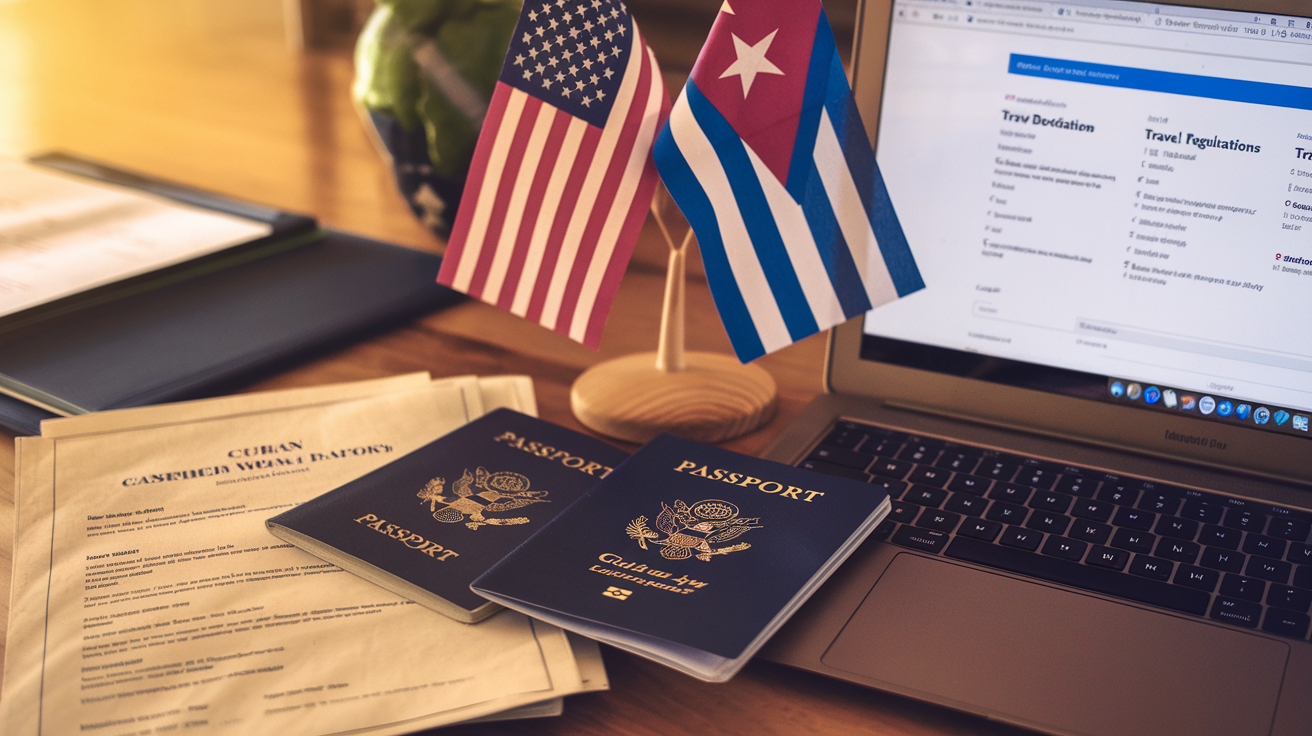
The rules for Americans visiting Cuba have loosened significantly in 2025. Gone are the complicated licensing requirements that plagued travelers for decades. Now, most Americans can visit under a general license that doesn’t require advance approval. Just check a box on your airline form and you’re good to go.
Legal Categories for Permitted Travel
Twelve approved categories still exist, but they’re applied with a wink and a nod these days. “Support for Cuban people” remains the most popular choice, requiring just a few local business interactions. Educational activities no longer need university sponsorship, and family visits have expanded to include distant relatives.
Documentation Requirements
You’ll need:
-
Valid passport (with 6+ months validity)
-
Cuban Tourist Card (available from airlines, $50-85)
-
Proof of health insurance (most airlines include this)
-
Itinerary showing engagement with local businesses
-
Return ticket
Recent Policy Changes You Need to Know
The biggest game-changer? Americans can now use credit cards throughout Cuba, ending the cash-only headache. Direct flights have expanded beyond Havana to six additional cities. Banking restrictions have eased too, making money transfers possible. Just remember, technically you still need to fit one of those categories, even if enforcement is minimal.
Planning Your Cuban Adventure
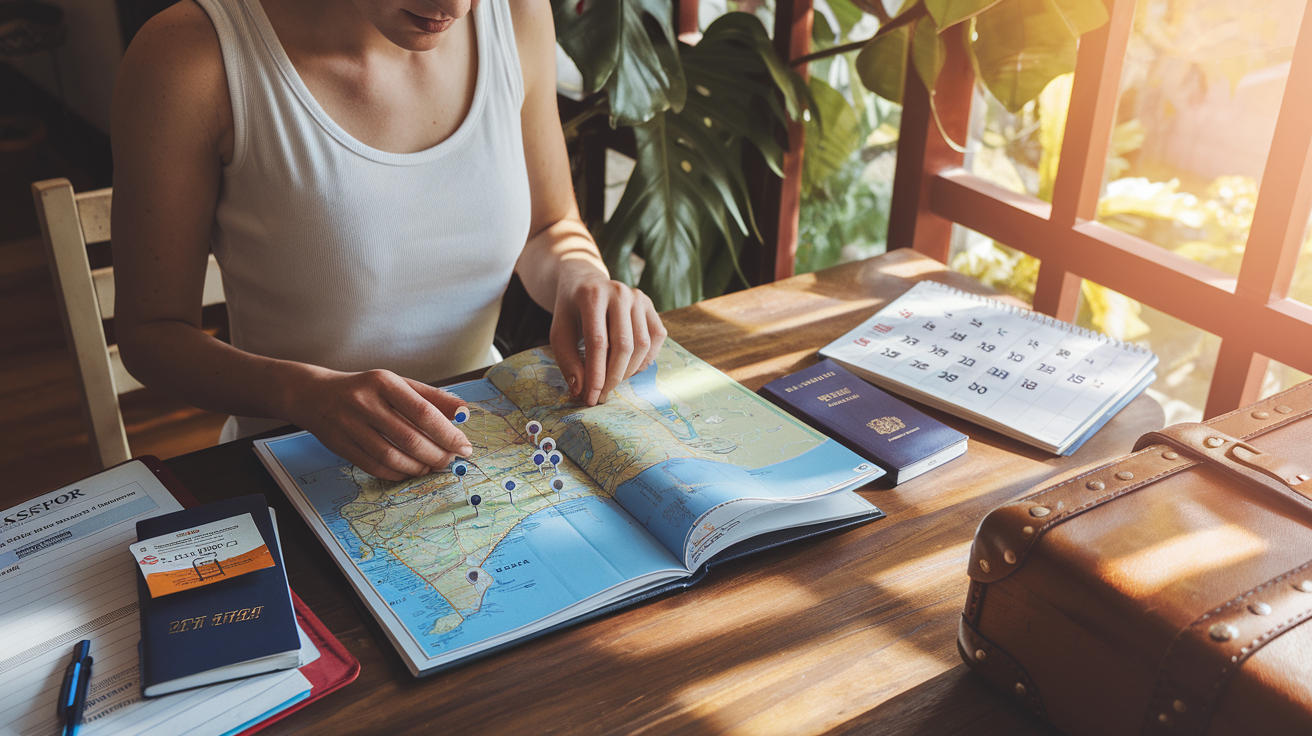
A. Best Times to Visit: Weather and Festival Considerations
Wondering when to book your Cuban getaway? November through April hits that sweet spot – dry weather with temperatures hovering around 75-85°F. December brings the Havana Jazz Festival, while July explodes with the colorful Santiago de Cuba Carnival.
Want to avoid crowds and save some cash? May and June offer decent weather with fewer tourists. Hurricane season peaks September-October, so maybe cross those months off your list unless unpredictable weather and potential travel disruptions sound like fun.
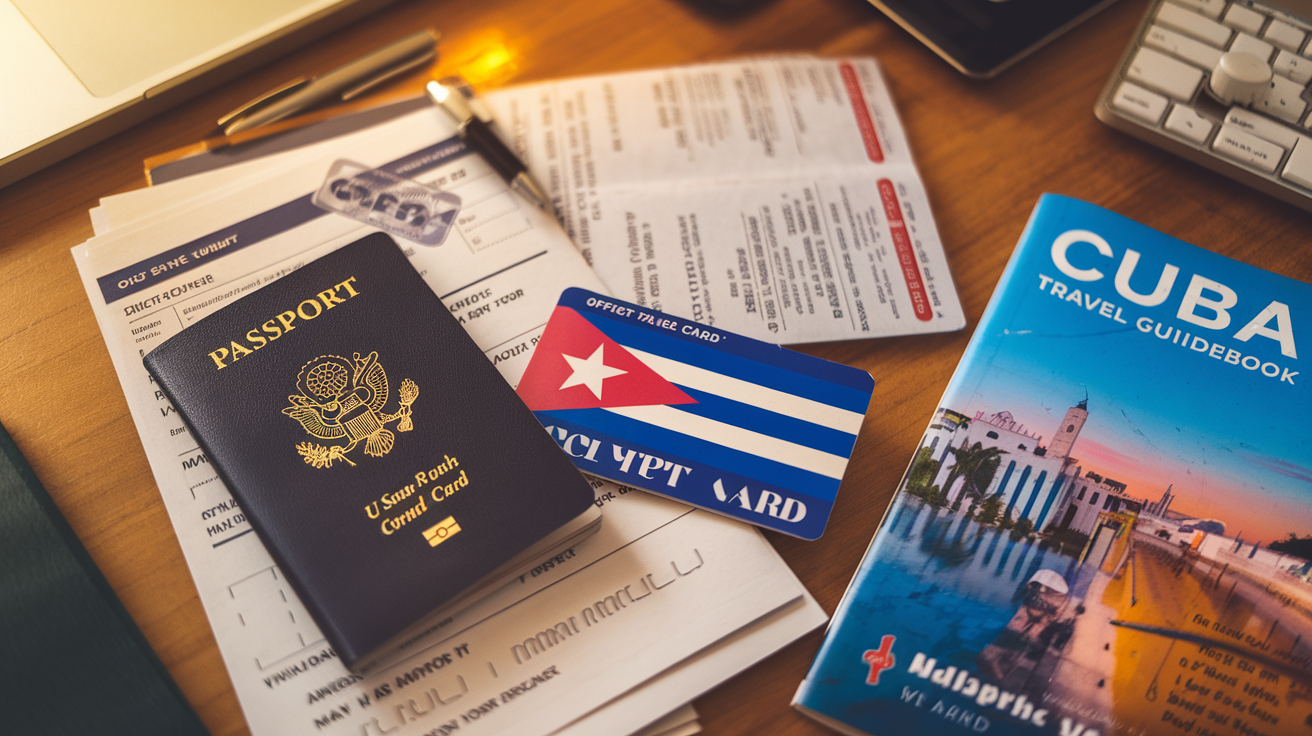
A. Obtaining Your Cuban Tourist Card
Getting your hands on a Cuban Tourist Card isn’t rocket science. Most airlines flying to Cuba sell them at the gate or during the flight for around $50-100. Don’t want the last-minute hassle? Buy it online before your trip.
B. Required Insurance Coverage
Cuba doesn’t mess around with insurance requirements. Every U.S. visitor needs health insurance that covers Cuba. Your regular U.S. policy probably won’t cut it, so grab a travel insurance policy that specifically includes Cuba coverage. Airlines often bundle this with your ticket.
C. Passport Requirements and Validity
Your passport needs at least six months of validity beyond your planned departure date from Cuba. Got a passport expiring soon? Renew it now. Cuban officials won’t let you in if your passport expires within six months of your visit.
D. Affidavit of Authorized Travel Category
This is where things get real for Americans. You’ll need to select one of the 12 authorized categories for your visit – with “Support for the Cuban People” being the most common choice for tourists. Sign this declaration when buying your ticket or at check-in.
Money Matters in Cuba
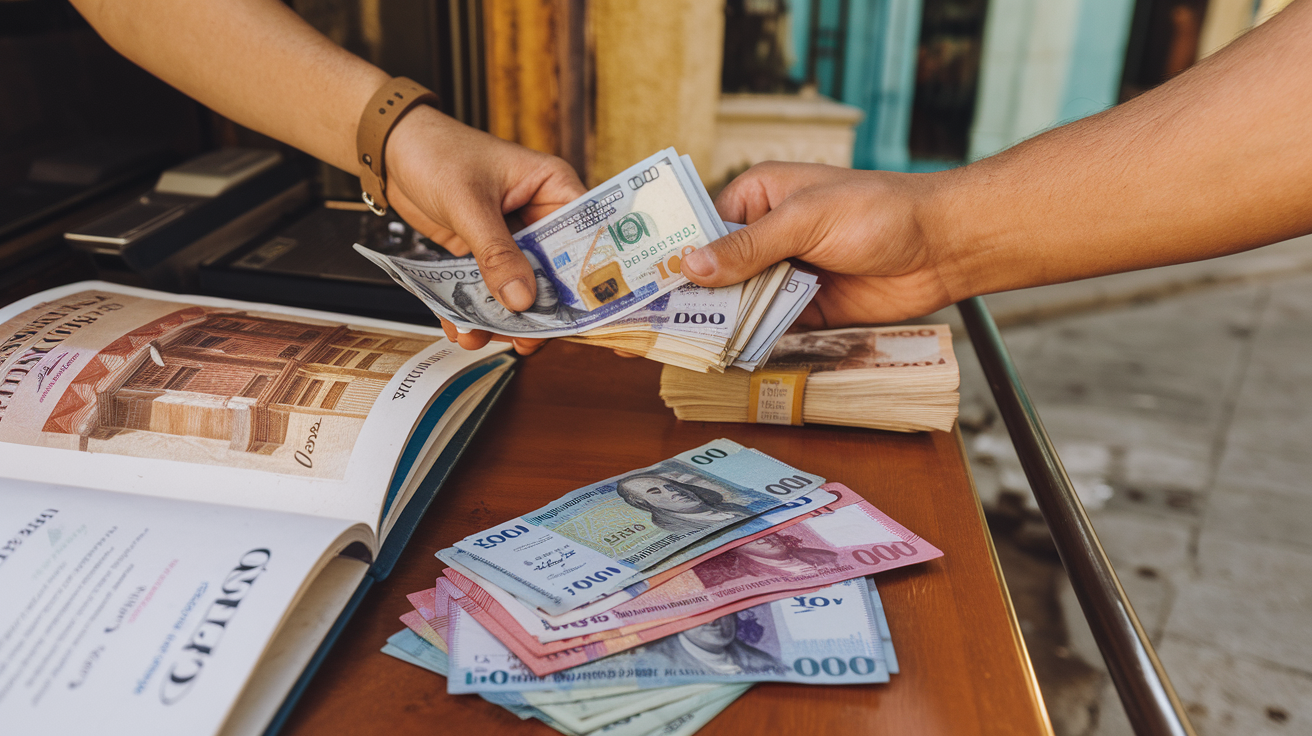
Cuba’s dual currency system can throw you for a loop if you’re unprepared. Until recently, tourists dealt with CUCs (Cuban Convertible Pesos), while locals used CUPs (Cuban Pesos). But here’s the kicker – Cuba now uses a single currency system with just Cuban Pesos, though some places still unofficially accept USD.
Credit Card and ATM Limitations for Americans
Your American plastic? Pretty much useless in Cuba. Thanks to the ongoing embargo, U.S. credit and debit cards flat-out don’t work anywhere on the island. No ATM withdrawals, no credit card payments at restaurants. Nothing. This isn’t like other international trips where you can just hit up the nearest ATM when you run low.
How Much Cash to Bring and Secure Storage Options
Budget around $100-150 per day for a comfortable stay, covering accommodations, meals, transportation, and activities. Split your cash stash – keep some in your hotel safe, some in a hidden money belt, and the day’s spending money in your pocket. Never flash large amounts of cash in public places.
Tipping Etiquette and Expectations
Tipping isn’t just appreciated in Cuba – it’s practically expected in the tourism industry. Restaurant servers typically receive 10-15% of your bill. Tour guides? About $5-10 per person per day. Housekeeping staff appreciate $1-2 daily. Taxi drivers don’t expect tips, but rounding up the fare is a nice gesture they’ll remember.
Transportation Options Throughout the Island
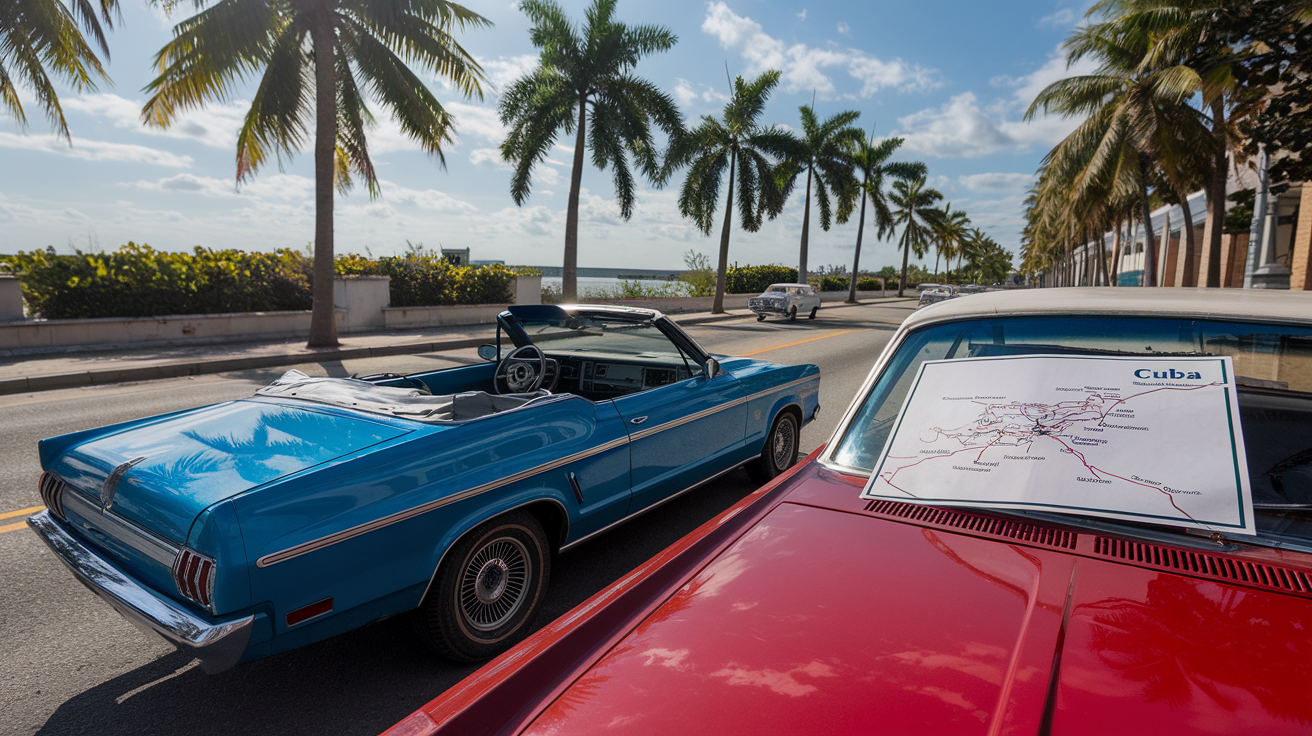
Hopping around Cuba by air? Cubana Airlines connects major hubs like Havana, Santiago de Cuba, and Varadero. Flights aren’t always on time (island time is real), but they’ll save you hours compared to driving. Book through your casa particular host or directly at airport offices—online booking remains spotty at best.
B. Classic Car Rentals: Practical Information
Those gorgeous 1950s Chevys aren’t just for photos—you can actually rent them! Expect to pay $80-150 daily, depending on the car’s condition and your negotiation skills. Most rentals come with a driver (mandatory for some classics), which doubles as having your own local guide. Gas stations can be sparse outside cities, so plan accordingly.
Accommodation Choices Beyond Resort Stays
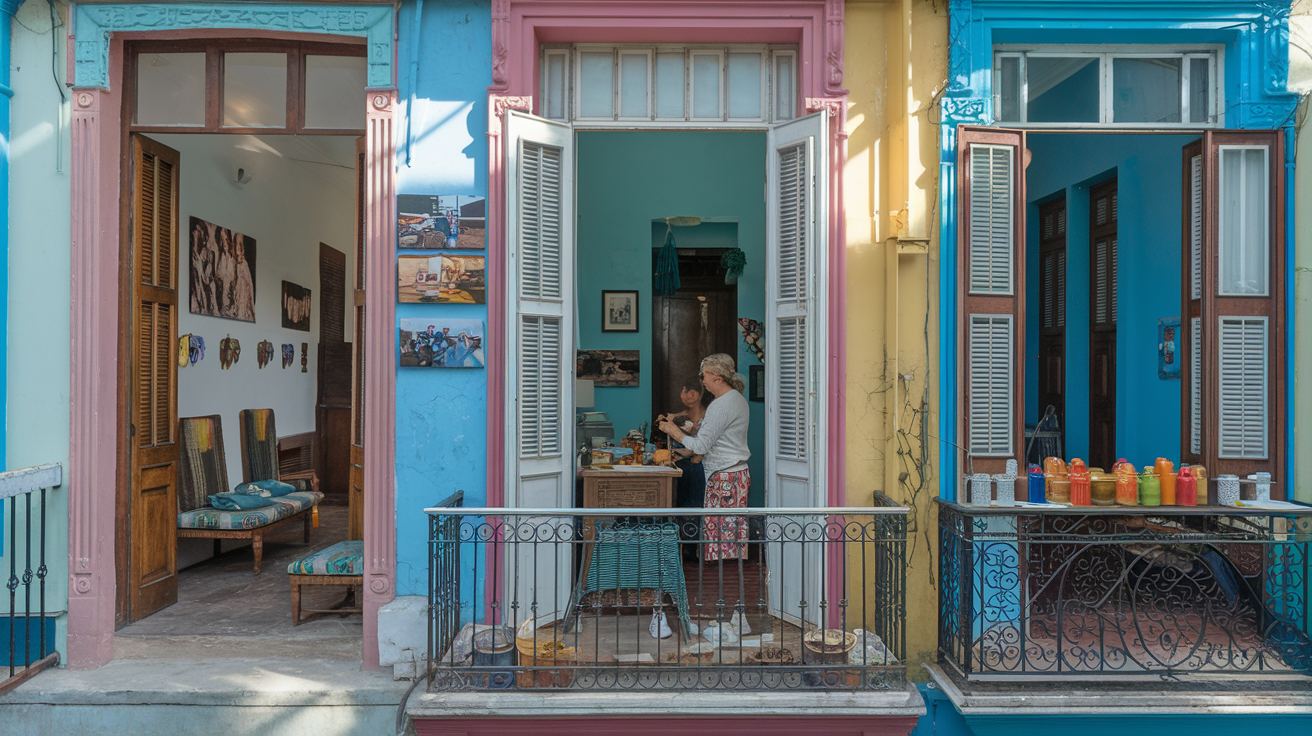
A. Casa Particulares: Authentic Homestay Experiences
Forget cookie-cutter hotel rooms. Casa particulares are essentially Cuban B&Bs where families rent rooms in their actual homes. You’ll get home-cooked breakfasts, insider tips on where locals actually hang out, and stories you’d never hear at a resort. Some hosts even invite guests to family gatherings!
The quality ranges from simple rooms with fans to luxurious mini-apartments with private entrances. Prices typically run $25-50 per night, making them budget-friendly options that deliver cultural immersion you simply can’t put a price tag on.
B. Boutique Hotels in Historic Districts
Walking into a Cuban boutique hotel feels like time-traveling. Many occupy meticulously restored colonial mansions with original tile work, soaring ceilings, and interior courtyards that’ll make your Instagram followers weep with envy.
These small-scale properties (usually 6-30 rooms) offer personalized service that big resorts can’t match. You’ll find them concentrated in Old Havana, Trinidad, and Cienfuegos, often within stumbling distance of main plazas and attractions. Expect to pay $100-250 per night depending on location and luxury level.
C. Luxury Options in Havana and Varadero
Cuba’s luxury scene has exploded recently. The Gran Hotel Manzana Kempinski in Old Havana rocks rooftop pools with jaw-dropping views of the Capitol building, while the Iberostar Grand Packard blends historic façades with modern design.
These five-star properties don’t come cheap ($300+ per night), but they deliver international standards with Cuban flair. Expect butler service, high-thread-count sheets, and cocktails crafted by bartenders who’ve perfected their mojito technique over decades. Worth every penny for a special splurge.
D. Rural Farmstays and Eco-Lodges
Cuba’s countryside offers incredible eco-stays where sustainability isn’t just marketing—it’s necessity. Places like Las Terrazas biosphere reserve host visitors in solar-powered cabins nestled among reforested mountains.
Farm stays in Viñales let you wake up to roosters crowing and tobacco farmers heading to their fields. You’ll dine on organic produce grown steps from your room and learn traditional farming techniques that have changed little in centuries. Prices range from $40-100, with home-cooked meals often included.
Essential Cultural Experiences
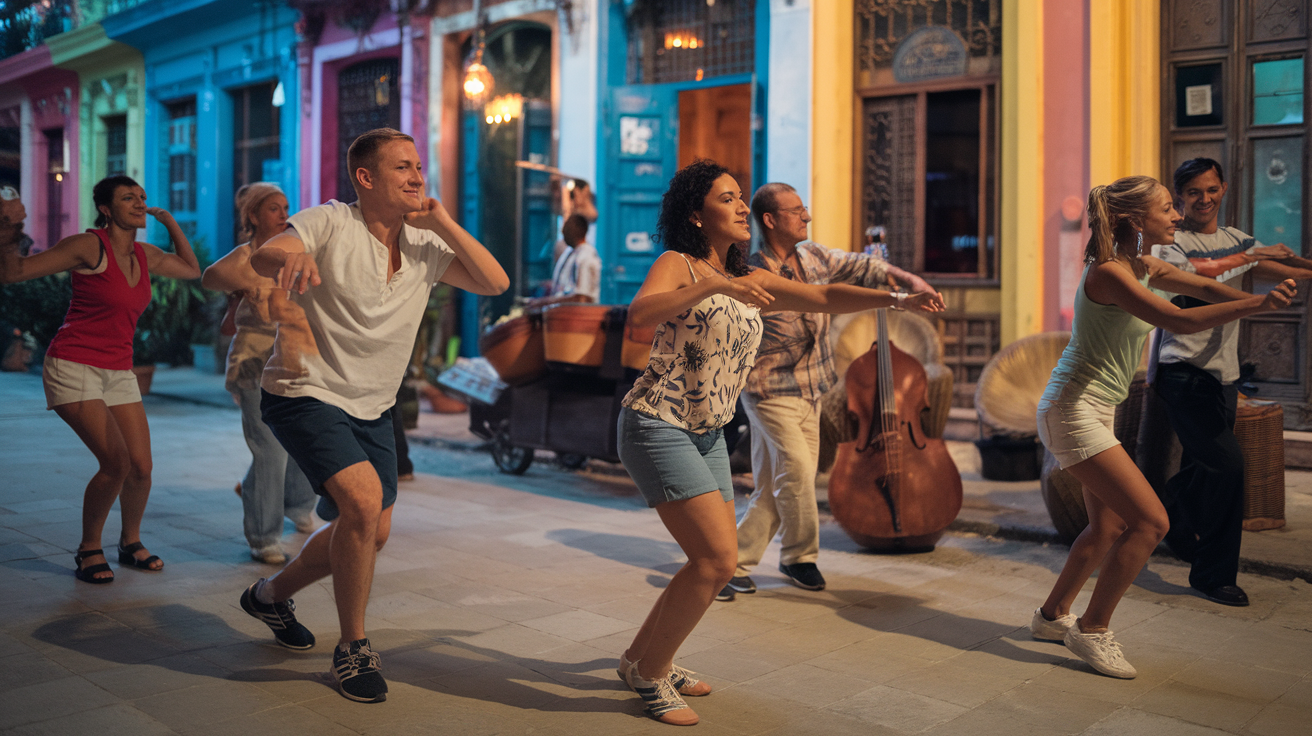
A. Music Venues That Showcase Authentic Cuban Rhythms
You haven’t truly experienced Cuba until you’ve felt the rhythm in your bones at a local music venue. Skip the tourist traps and head to Casa de la Música in Havana or Santiago, where locals dance until dawn to live bands playing son cubano and timba.
The Fábrica de Arte Cubano (FAC) in Havana is another must-visit spot. This converted cooking oil factory transforms into a buzzing cultural center at night, with multiple rooms featuring different musical styles. Grab a mojito and wander through—you might catch anything from traditional trova to cutting-edge jazz fusion.
B. Culinary Tours and Cooking Classes
Cuban cuisine tells stories of the island’s complex history, blending Spanish, African, and Caribbean influences. Beyond the classic ropa vieja and moros y cristianos, there’s a whole world of flavors waiting to be discovered.
Sign up for a paladares tour in Havana, where you’ll visit family-run restaurants often tucked inside homes. For a hands-on experience, cooking classes at Ajiaco in Cojímar let you master traditional techniques while sipping on rum cocktails. You’ll return home with recipes that’ll transport you back to Cuba with every bite.
C. Tobacco Farm Tours and Cigar Experiences
Nothing says “Cuba” quite like its world-renowned cigars. The lush valleys of Viñales offer the perfect backdrop to understand this cultural cornerstone from seed to smoke.
Visit family-owned tobacco farms where farmers demonstrate traditional growing methods passed down for generations. The best tours end with watching master rollers transform humble leaves into premium cigars, followed by a sampling session. Even non-smokers appreciate the craftsmanship and cultural significance behind Cuba’s most famous export.
D. Art Galleries and Studios Worth Visiting
Cuba’s art scene is exploding with creativity, fueled by the island’s unique political and cultural circumstances. Havana’s Callejón de Hamel offers a vibrant introduction to Afro-Cuban art with its outdoor murals and sculptures.
For contemporary works, Estudio Taller José Fuster in Jaimanitas (often called “Fusterlandia”) showcases how one artist transformed an entire neighborhood into a mosaic wonderland. Don’t just view the art—many studios welcome visitors to meet creators and discuss their work, offering insights into Cuban life you won’t find in guidebooks.
E. Dance Lessons: Salsa, Rumba and Son
Cubans don’t just dance—they speak through movement. Taking a dance lesson isn’t just a tourist activity; it’s your ticket to connecting with locals in a meaningful way.
Schools like La Casa del Son offer one-on-one instruction for all levels. Even if you have two left feet, patient teachers will have you moving to basic steps in no time. For a more immersive experience, join local dance parties called ruedas, where groups form circles and partners switch throughout the dance. You’ll make friends, burn calories, and create memories that last far longer than any souvenir.
Connectivity and Communication Strategies
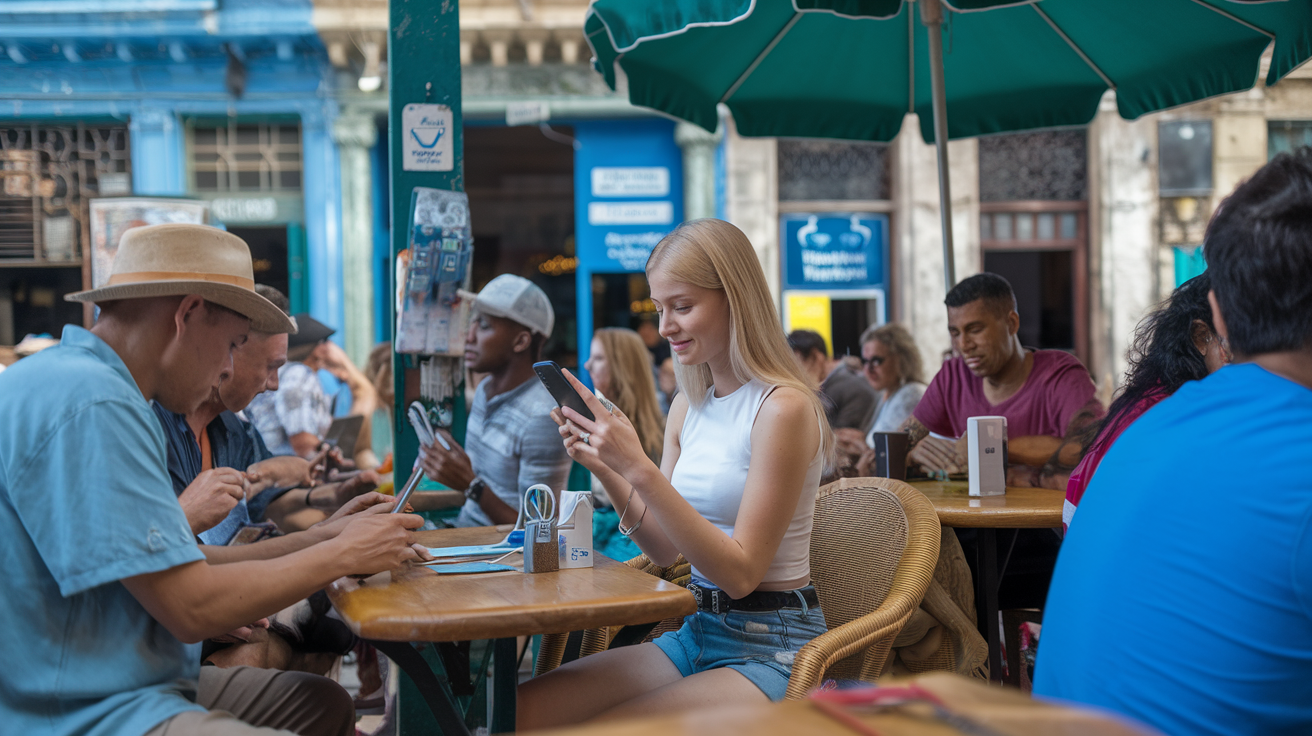
Cuba’s internet situation? Not what you’re used to. Forget unlimited data and free WiFi everywhere. You’ll need to buy ETECSA WiFi cards (1-5 CUC per hour) and use them at designated hotspots in parks and hotels. Look for crowds of locals staring at phones – dead giveaway for a WiFi zone!
Mobile Phone Options and SIM Cards
Your U.S. phone probably won’t work here, or it’ll cost a fortune if it does. Two options: rent a Cuban phone at the airport (pricey but convenient) or bring an unlocked phone and buy a Cubacel SIM card. Coverage is spotty, but it beats being completely disconnected when exploring beyond Havana.
Health and Safety Considerations
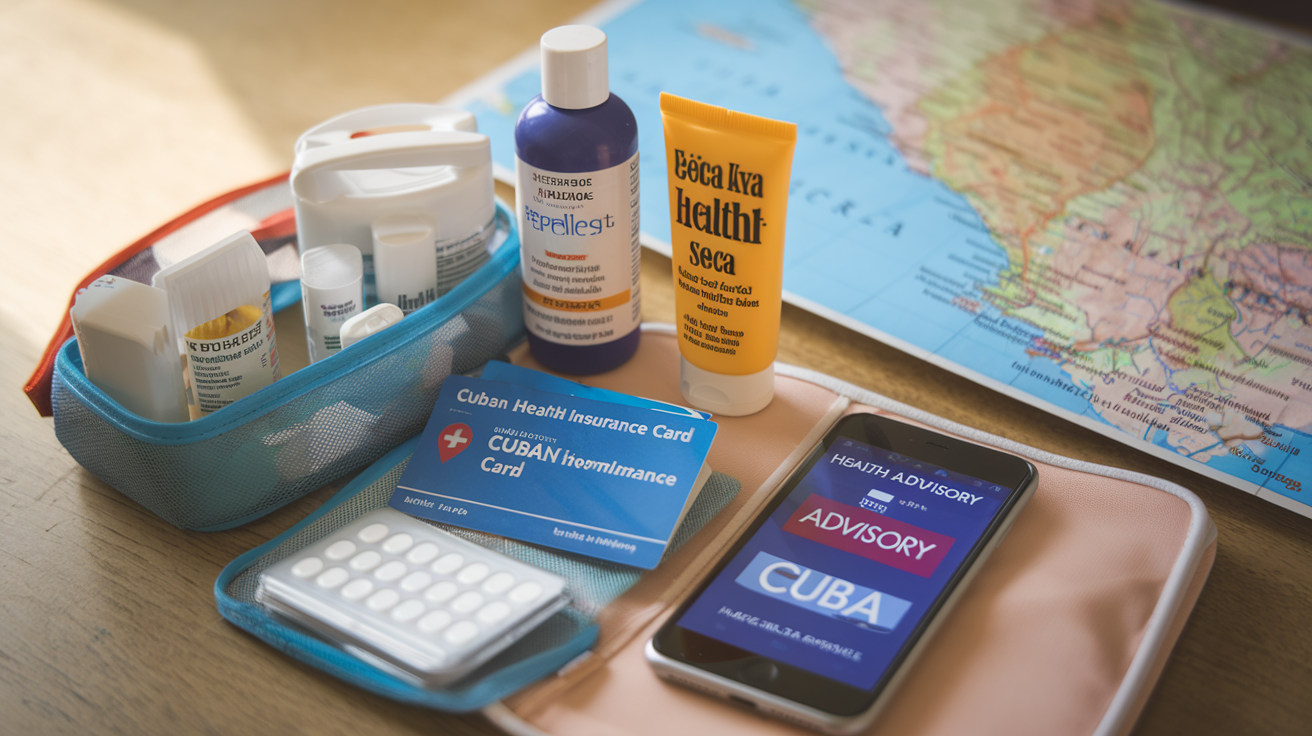
A. Recommended Vaccinations and Medical Preparations
Heading to Cuba requires some health prep that many travelers overlook. The CDC recommends hepatitis A and typhoid vaccines since you might encounter contaminated food or water. Pack a basic first-aid kit with prescription meds, anti-diarrheal medicine, and plenty of sunscreen—Cuban sun is seriously intense!
Don’t forget travel insurance that specifically covers Cuba. Most U.S. health plans won’t work there, and you definitely don’t want to face those medical bills out-of-pocket. Trust me, that $100 insurance policy seems like nothing compared to an emergency medical evacuation costing $50,000.
B. Drinking Water Safety and Food Precautions
Tap water in Cuba? Hard pass. Stick to bottled water (check that the seal is intact) or bring a reliable water purifier. Even brush your teeth with bottled water to avoid the dreaded traveler’s tummy. Ice can be tricky too—in upscale hotels it’s usually safe, but in small paladares (family-run restaurants), maybe skip it.
Food-wise, street food smells amazing but choose wisely. Watch for places with high turnover and where locals eat. Fresh fruit is delicious but peel it yourself. My rule: if it’s not cooked, peeled, or bottled, don’t eat it. Nothing ruins a Cuban adventure faster than spending days in your bathroom.
C. Access to Healthcare Services for Tourists
Cuba’s healthcare system has two faces: one for locals and another for tourists. International clinics in major cities cater specifically to visitors and offer decent care, but facilities outside Havana can be basic at best.
Bring every medication you might need—even common over-the-counter drugs are often scarce. If you require special medications, pack double your usual amount with copies of prescriptions. And keep your insurance card handy—most clinics will want payment upfront, with reimbursement coming after you return home.
D. Common Scams to Avoid
Cuban scams aren’t complicated, but they’re effective if you’re not paying attention. The “friendly local” who insists on showing you the “real Cuba” or a “special government store” is classic. They’ll earn commission on whatever you buy—at massively inflated prices.
Watch for taxi meters that mysteriously “break” (negotiate fares upfront), wrong change given in transactions, and the cigar scam—where someone offers “premium” cigars at discount prices. They’re fake, every time. Maintaining a healthy skepticism while still being open to genuine interactions is the tricky balance every Cuba traveler needs to master.
E. Safety Tips for Solo Travelers
Solo travel in Cuba is generally safe—violent crime rates are low compared to other Caribbean destinations. But petty theft happens, especially in crowded areas like Havana Vieja and on public transportation.
Women travelers should prepare for attention from local men (piropos or catcalls). It’s usually harmless but can feel uncomfortable. A firm “no, gracias” works wonders. Stay in casas particulares instead of isolated locations, share your itinerary with someone back home, and avoid walking alone after dark in unfamiliar areas. The biggest danger might just be those uneven cobblestone streets after a mojito or two!
Returning to the U.S. Successfully

A. Customs Declaration Requirements
Coming back from Cuba? You’ll need to complete CBP Form 6059B before landing in the U.S. Don’t leave this until the last minute—flight attendants typically distribute these forms during your return flight. Be honest about what you’re bringing back, including that Cuban coffee and those cigars you couldn’t resist.
B. Souvenir and Purchase Limitations
The days of smuggling Cuban souvenirs in your socks are over, but there are still rules. You can bring back art, music, and handicrafts for personal use without limit. But commercial imports? That’s a big no-no. And remember, anything purchased from government-owned stores falls under the embargo restrictions, so keep those receipts from private businesses.
C. Tobacco and Rum Allowances
Got a taste for Cuban rum and cigars? Good news! You can bring back up to $100 worth of alcohol and tobacco products combined for personal consumption. That translates to about 2-3 bottles of Havana Club or a box of premium cigars. Just don’t plan on reselling them—that’s still prohibited under U.S. law.
D. Documentation to Maintain for Future Reference
Smart travelers keep receipts like treasure. Hold onto all documentation from your trip for at least five years: your travel affidavit, airline tickets, accommodation receipts, and itemized bills. The Treasury Department can audit your trip anytime during this period, and good records make all the difference between a quick review and a major headache.

As you prepare for your Cuban adventure, remember that flexibility and respect for local customs will enhance your experience immeasurably. Pack your sense of adventure, brush up on your Spanish phrases, and embrace the opportunity to visit a destination unlike any other in the world. With the right preparation and mindset, your journey to Cuba will be not just a vacation, but a profound cultural exchange that will stay with you long after you’ve successfully navigated your return to the United States.


